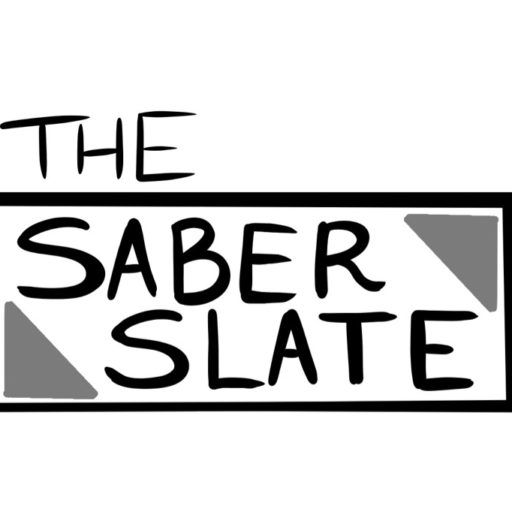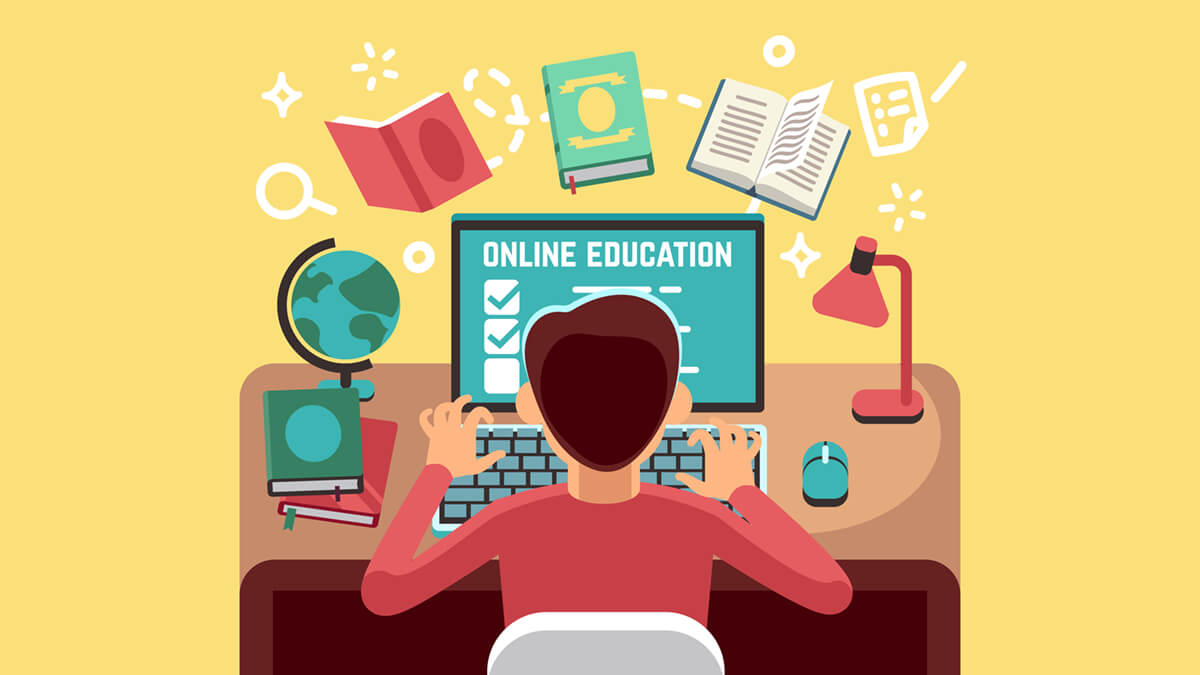For the first time in this country, schools offered the option of attending school virtually or in-person. Coming after the COVID-19 Pandemic that left millions jobless and homeless, it also left students school-less. The 2019-2020 school year wrapped up in the messiest way possible, with teachers struggling to motivate students to complete their work, parents struggling to balance work and teaching their kids the concepts they needed to learn, and the students themselves who had to navigate the pressure of finishing school on a high note while learning on a 12 inch screen with terrible internet. It was hectic, and this year educators vowed to make the experience smoother and more efficient for both virtual and in-person students…however with this school year ending, it’s safe to say that many are still left disadvantaged from this system.
While this has been an issue that I have been taking notice of for a while, it wasn’t until my Government class that I started to get involved in resolving this issue. For our American Government class we have been working on our Civic Action Project, where as a group we decide on what needs to be fixed in our community and work towards a possible solution. Our group chose to research the impact that the COVID-19 Pandemic has had on schools in Franklin: We researched data about the concerns parents have, how teachers and students felt about their performance throughout virtual school, and what possible solutions were available. In fact, RAND Corporation surveyed 1,082 teachers and 1,147 school leaders from their American Educator Panels in October 2020.
The questions asked were about the teachers’ experiences during the 2020-21 school year so far:
- ⅔ of teachers said that the majority of their students were less prepared for grade-level work than they were at this time last year (around November 2019 before the pandemic).
- 56% of teachers said that they had covered only half, or less than half, of the curriculum compared to what they would have gotten to by this time last year (around November 2019 before the pandemic).
- Only about 1 in 5 teachers said that they were on the same schedule compared to the years prior.
We sent a survey to the elementary and middle schools as well as shared it within the high school. The data we found was that students at FHS are mixed in their opinions about their performance and opinions in virtual school, however, there still is a need for virtual help (results from April 24, 2021):
- 46.8% of the 188 respondents reported that they find themselves needing additional assistance or a tutor.
- 24% of the 188 respondents reported that they would like to be tutored by a high school student after school through a Google Meet.
Our overall goal is to establish an after school program where high school students who are interested in completing volunteering hours can come in after school to Mr. Nettesheim’s room (who has agreed to be the advisor for this activity). Those who need help will send their material to the tutors and will join a Google Meet so that everyone will be socially distanced. If you are interested, keep a lookout on this website for more information for when this club is officially created.
If you would like to be surveyed about this, please do through this link: Civics Project Survey – Virtual School. Thank you for reading this article to learn about this issue and how we are looking to fix it, and I hope you have a great rest of your day!

